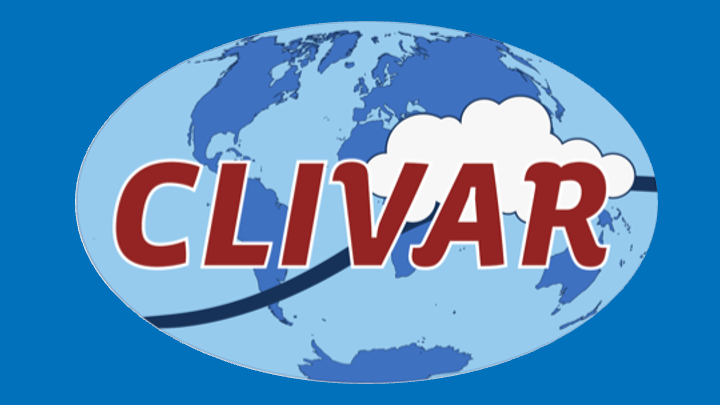Speaker
Description
We examine changes in the Atlantic Meridional Overturning Circulation (AMOC) in the quadrupled CO2 experiments conducted under the sixth Coupled Model Intercomparison Project (CMIP6). The increase in CO2 triggers extensive Arctic warming, causing widespread melting of sea ice. The resulting freshwater spreads southward, first from the Labrador Sea and then the Nordic Seas, and proceeds southward along the eastern coast of North America. The freshwater enters the subpolar gyre north of the separated Gulf Stream, decreasing the density contrast across the current. The current weakens in response, reducing the inflow to the deepwater production regions. The AMOC cell weakens in tandem, first near the North Atlantic Current and then spreading to higher and lower latitudes. This contrasts with the common perception that freshwater caps the convection regions stifling deep water production; rather, it is the inflow to the subpolar gyre which is suppressed. Changes in surface temperature have a much weaker effect, and there are no consistent changes in local or remote wind forcing among the models. Thus an increase in freshwater discharge, primarily from the Labrador Sea, is the precursor to AMOC weakening in these simulations.
| Topic | Observational priorities – what should we measure? |
|---|

